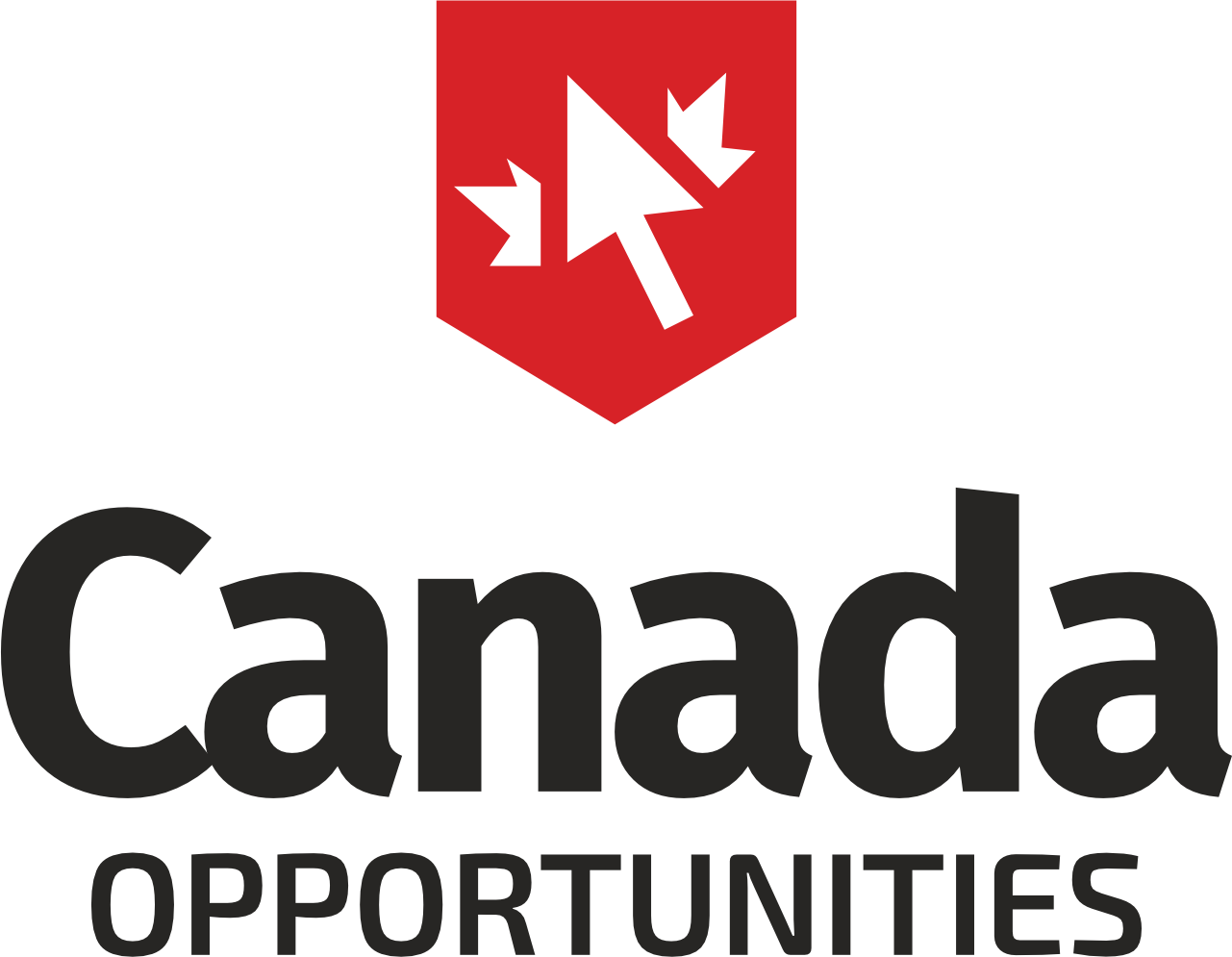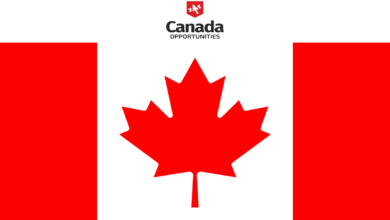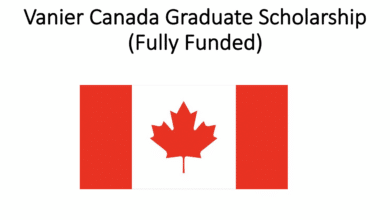Understanding the Canadian Education System and Opportunities for Education and Training
Canadian Education System and Opportunities for Education and Training

Canadian Education System and Opportunities for Education and Training
Canada is renowned for its quality education system and offers a wide range of opportunities for education and training.
Whether you are a student, working professional, or looking to upskill, the Canadian education system offers something for everyone. Here is a guide to help you understand the Canadian education system and the opportunities available to you.
Navigating Canadian Transportation Systems: A Guide for Newcomers
Elementary and Secondary Education
Elementary and secondary education in Canada is provided by both public and private institutions, and is usually funded by the provincial or territorial governments.
The education system is known for its high standards and quality of education. The good thing to note about Canada education system is excellent organization in institutions which can’t be found in many countries.
Below is some information about elementary and secondary education in Canada:
Elementary education
In Canada, elementary education typically covers grades K-8 and is offered by public and private institutions. The curriculum focuses on subjects such as mathematics, language arts, science, social studies, and physical education.
How to sponsor a family member to Canada
Secondary education

Secondary education in Canada covers grades 9-12 and is also offered by public and private institutions. Students have the opportunity to choose from a range of subjects, including mathematics, science, language arts, social studies, and various electives.
Curriculum
The curriculum for elementary and secondary education in Canada is set by the respective provincial or territorial governments, with a focus on academic rigor, critical thinking, and problem solving.
Assessment
Students in Canada are typically assessed through a combination of exams, assignments, and projects. The assessment process is designed to measure their understanding and mastery of the material.
Special education
Canada has programs and services in place to support students with special needs, including those with learning disabilities, physical disabilities, and other special needs.
Canada Provincial Nominee Program (PNP) Pathway – familiarize yourself and apply
Private schools
Private schools in Canada offer an alternative to the public education system and typically offer smaller class sizes, specialized programs, and a different curriculum.
In some provinces, homeschooling is also an option. The education system focuses on a well-rounded curriculum that includes subjects such as math, science, history, and the arts.
Post-Secondary Education
Post-secondary education in Canada refers to education beyond the secondary level, including college and university programs.
Canada has a strong post-secondary education system, with a wide range of programs and institutions to choose from.
Below is some important information about post-secondary education in Canada:
- Types of institutions: Canada has a variety of post-secondary institutions, including universities, colleges, polytechnics, and trade schools.
- Degree programs: Universities offer undergraduate and graduate degree programs in a wide range of fields, including arts, science, engineering, and business.
- College programs: Colleges offer practical, hands-on training in a variety of fields, including technology, trades, and health sciences.
- Admissions: Admissions requirements vary depending on the program and institution, but typically include a high school diploma and/or entrance exams.
- Funding: Post-secondary education in Canada is largely funded by the government, but students may also need to apply for financial aid, scholarships, or student loans.
- International students: Canada welcomes international students and has programs and services in place to support their academic and personal needs.
- Career opportunities: Graduates of post-secondary education in Canada have a strong advantage in the job market and are well-prepared for a wide range of careers.
Canada is home to many world-class institutions, with a strong emphasis on research and innovation.
How to obtain a driver’s license in Canada for new immigrants
Vocational Training
In addition to college and university, there are many opportunities for vocational training in Canada. This includes trade schools, apprenticeships, and certificate programs. These programs provide hands-on training in specific trades or industries and can lead to fulfilling careers.
Vocational training in Canada refers to training programs that provide hands-on, practical skills for specific trades and careers.

A summary of key information about vocational training in Canada is given below.
- Types of programs: Vocational training programs in Canada include apprenticeships, certificate programs, and diploma programs in trades such as carpentry, plumbing, electrical work, and more.
- Admissions: Admissions requirements vary depending on the program and institution, but typically include a high school diploma and/or related work experience.
- Funding: Vocational training programs in Canada can be funded through government funding, grants, loans, or private funding.
- Employability: Graduates of vocational training programs in Canada have a strong advantage in the job market and are well-prepared for a wide range of careers in their chosen field.
- Trade schools: Trade schools in Canada specialize in providing vocational training in a specific trade or field. They offer hands-on training, practical experience, and career-focused education.
- Apprenticeships: Apprenticeships are a type of vocational training program that combines on-the-job training with classroom instruction. Apprentices work with experienced tradespeople to gain the skills and knowledge they need to become certified in their trade.
Continuing Education
The Canadian education system also offers opportunities for continuing education and upskilling. This includes professional development courses, certificate programs, and training workshops. Many employers offer in-house training and support employees who want to continue their education.
Continuing education in Canada refers to any type of learning opportunity for individuals who have completed their formal education, such as high school or post-secondary education.
Key information and summary about continuing education in Canada is given below.
- Purpose: Continuing education is designed to help individuals keep their skills and knowledge up-to-date and improve their job prospects.
- Types of programs: Continuing education programs in Canada include short courses, workshops, certification programs, and more. They can be found at colleges, universities, trade schools, and private institutions.
- Admissions: Admissions requirements vary depending on the program and institution, but typically include a high school diploma or post-secondary education.
- Funding: Continuing education programs in Canada can be funded through government funding, grants, loans, or private funding.
- Career development: Continuing education can help individuals improve their skills, update their knowledge, and increase their chances of finding and retaining employment.
- Flexibility: Continuing education programs in Canada offer flexible scheduling, with options for full-time, part-time, online, and in-person learning.
- Networking: Continuing education programs can provide individuals with the opportunity to network with other professionals in their field and build valuable connections.
Financial Aid
The Canadian government offers a variety of financial aid options to help students pay for their education. This includes student loans, grants, bursaries, and scholarships. Additionally, many colleges and universities offer their own financial aid programs.
Financial aid for school in Canada refers to various forms of financial assistance available to help individuals pay for their education.
Here is a summary of some available financial aid for education in Canada. More of this can be found on respective websites of education institutions.
- Government funding: The government of Canada offers various financial aid programs to help students pay for their education, such as student loans, grants, and bursaries.
- Scholarships: Scholarships are awarded to students based on academic merit, financial need, or other criteria. They can be found through schools, government agencies, private organizations, and more.
- Bursaries: Bursaries are financial awards given to students based on financial need. They do not have to be repaid.
- Work-Study programs: Work-Study programs are financial aid programs that provide students with the opportunity to work part-time while they study, helping to offset the cost of tuition and other expenses.
- Student Loans: Student loans are a type of financial aid that must be repaid, but offer flexible repayment terms and low interest rates.
- Tax Credits: Students in Canada may be eligible for tax credits and deductions that can help offset the cost of their education.
- Private funding: Private funding for education in Canada can come from sources such as family, personal savings, or private loans.
It is important to research and apply for financial aid as early as possible, as funding is often limited and may be awarded on a first-come, first-served basis.
You can start by contacting the financial aid office at your school or visiting the Government of Canada’s website for more information about financial aid for education in Canada.
Pathway Programs
For international students, Canada offers pathway programs to help you transition into post-secondary education. These programs provide academic support, language classes, and help with the application process to a Canadian college or university.
Conclusion
Canadian education system offers a wide range of opportunities for education and training, regardless of your background or goals. From elementary and secondary school to vocational training and continuing education, there is something for everyone. With financial aid options and support programs available, you can pursue your education goals and build a successful future in Canada.
FOLLOW OUR SOCIAL MEDIA CHANNELS
LINKEDIN, FACEBOOK, WHATSAPP, TELEGRAM, YOUTUBE
CHECK: HIGH-PAYING JOBS IN CANADA – 10 jobs with a salary of $200k+
SCHOLARSHIPS TO APPLY IN CANADA – your easiest way to go to Canada




